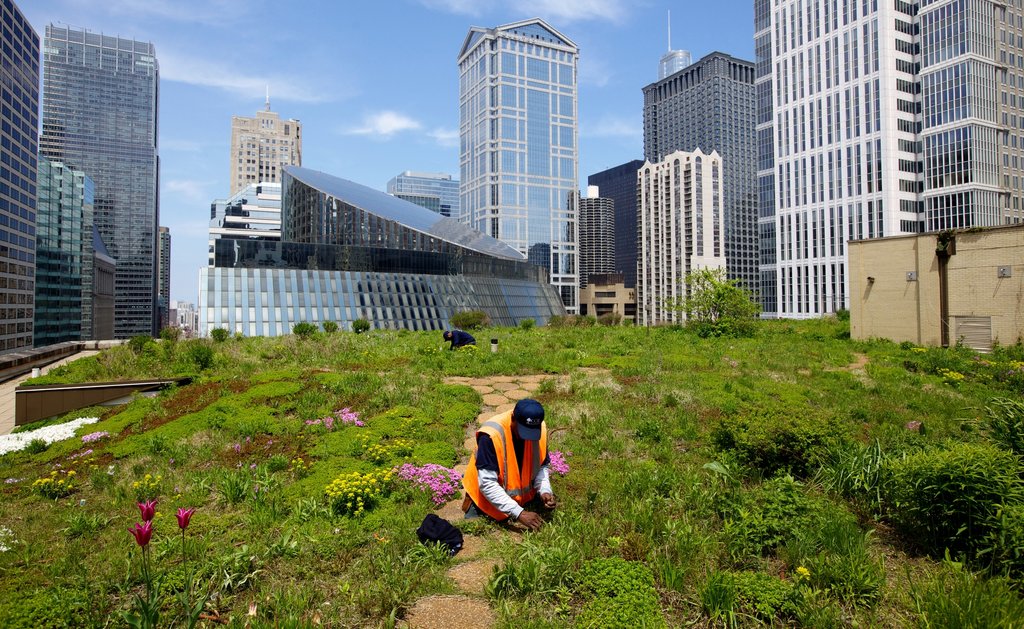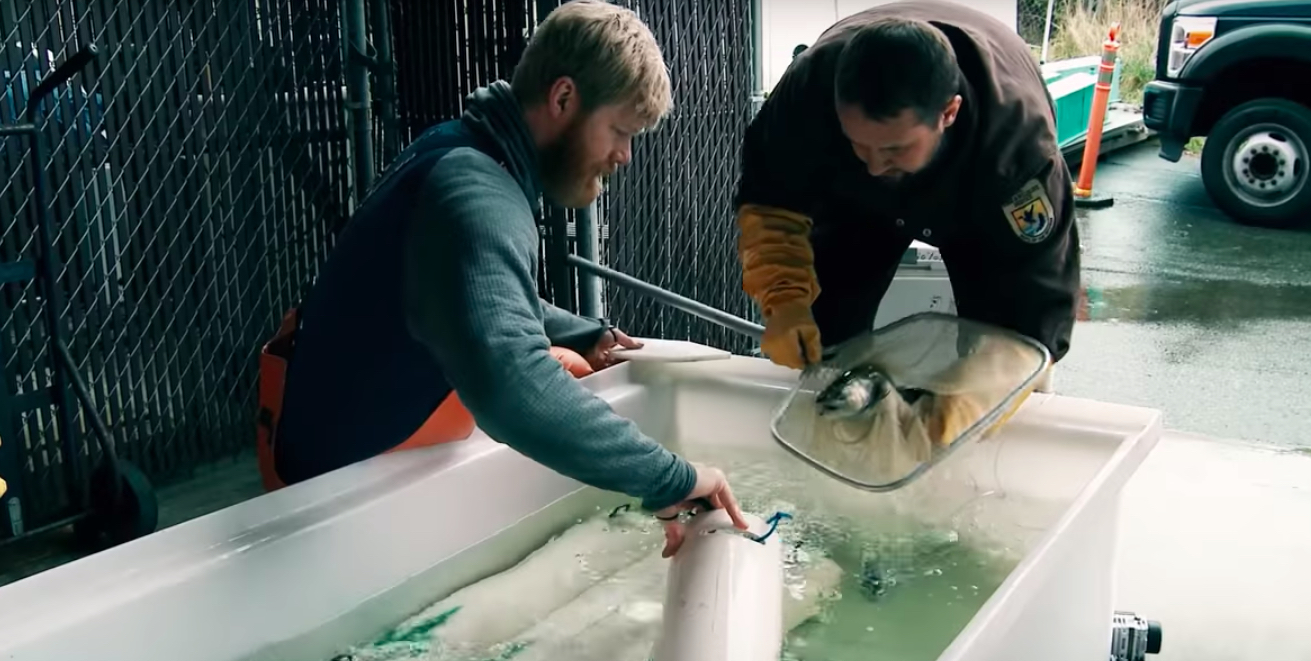Everyday Small Habits Can Make a Big Difference to Reduce Stormwater Pollution
In my last blog, I shared my feelings about my personal journey to fix some of the current environmental realities facing our planet. Tragically, fifty years after the inception of the Clean Water Act, the quality of our urban waterways continues to decline — and stormwater is the fastest growing source of pollution. With U.S. population growth accelerating, we need to do more to curb the impacts of the urban landscape on local waterways and build healthier cities.

The science and solutions to green and clean our cities are known – we just need to implement them at scale. I was painfully reminded this on Day 6 of my Sustainability Accelerator program. During one of our group workshops, I watched The Nature Conservancy’s powerful “Solving Stormwater” video for the first time, and I nearly cried.
The video’s message is shocking: Put a salmon in stormwater runoff and the fish dies within hours. It is that simple. I recall the first thing my grad school advisor said to me: “the solution to pollution is dilution.” For decades, our waterways have been diluting our stormwater pollution, but they can’t carry this workload forever. As Dr. McIntyre demonstrates in the video, the solution is simple. Urban stormwater that has picked up toxic pollutants is clean when it flows through soil. The soil acts as a natural filter to clean stormwater. Ensure the urban stormwater flows through soil, and the fish on the other side don’t die.
I believe this is the formula for success: manage the rain that falls in our cities as a resource rather than a waste product. We can no longer build impervious blankets, like roads and parking lots, without committing to keeping those surfaces clean and getting as much of those surfaces to drain to soil before the stormwater enters the storm drain pipe. A changing climate means we are on a path to more flooding and more polluted waterways. But we can implement solutions that reverse this trend. We are on a path that is reversible and the solutions are known. Hope is not lost.
Here are four powerful — yet simple — strategies that we can use every day to clean our urban stormwater:
1. Reduce the amount of rain that is converted to runoff. Simply stated, get more rain that falls in our city into the ground. Think of this process as popping holes in the blanket of pavement we have put over our cities. The more holes, the closer we get to the hydrologic function of a forest. Reduce impervious surfaces on your property, replace your driveway with pavers, disconnect your roof downspouts to drain to pervious surfaces, install rain barrels to capture your roof runoff. Find ways to keep the rain that lands on your property on your property.
2. Reduce the pollutants introduced in the first place. Today, communities across the U.S. are successfully banning plastic bags and straws. Other regulations include the elimination of lead in gasoline and copper in brake pads. These solutions have real benefits by controlling pollutants at the source.
3. Pick up pollutants that are on the ground before it rains. Pollutants that are introduced to impervious surfaces can be recovered before the next rain. Use people to pick up litter – a lot of people all the time. Road dirt houses a cocktail of urban pollutants, just waiting to get washed into the closest waterway and damage aquatic life, like Dr. McIntyre’s salmon. City street sweeper programs are under-appreciated, cost-effective mobile pollutant recovery solutions to address this road dirt. But in order for these programs to effectively reduce the pollutants on the roadway, they need to access the curb, use more advanced sweeper models and be properly operated. Street sweepers that drive down the middle of the road because of cars and other obstacles cannot clean the curb. You can help by manually sweeping the curb in front of your house and disposing those fine particles.
4. Make sure stormwater flows through soil. Communities need extensive green infrastructure built into sidewalks, parking lots and parks. Both distributed and larger centralized structures can capture pollutants and infiltrate stormwater volumes. This reduces the volumes of stormwater, lowers flood risks downstream and treats the stormwater through natural filtration.

All of these solutions require a continued commitment to improvement and changing day-to-day habits: Fight for bans of toxic chemicals and waste products that degrade the health of our waterways. Use less single use plastic. Support community programs that invest in social mobilization while cleaning our cities, like the Downtown Streets Team. Demand existing and new development incorporate extensive green infrastructure solutions that are maintained annually. Green infrastructure is built to intercept and treat stormwater before it reaches the river, and so over time material accumulates, soils compact, and vegetation grows. If the water quality benefits purchased by the investment are to continue, then the maintenance of these community assets is critical.
Every community has a publicly funded stormwater program that is regulated under the Clean Water Act to manage and reduce the impacts of the built environment on its local waterways. For these programs to make real progress, we need to bring transparency and accountability to the solutions implemented on the landscape. We know the solutions work. We just need to implement them at scale.
So if you think that one person or community can’t make a difference in cleaning stormwater and building healthier cities, think again.

